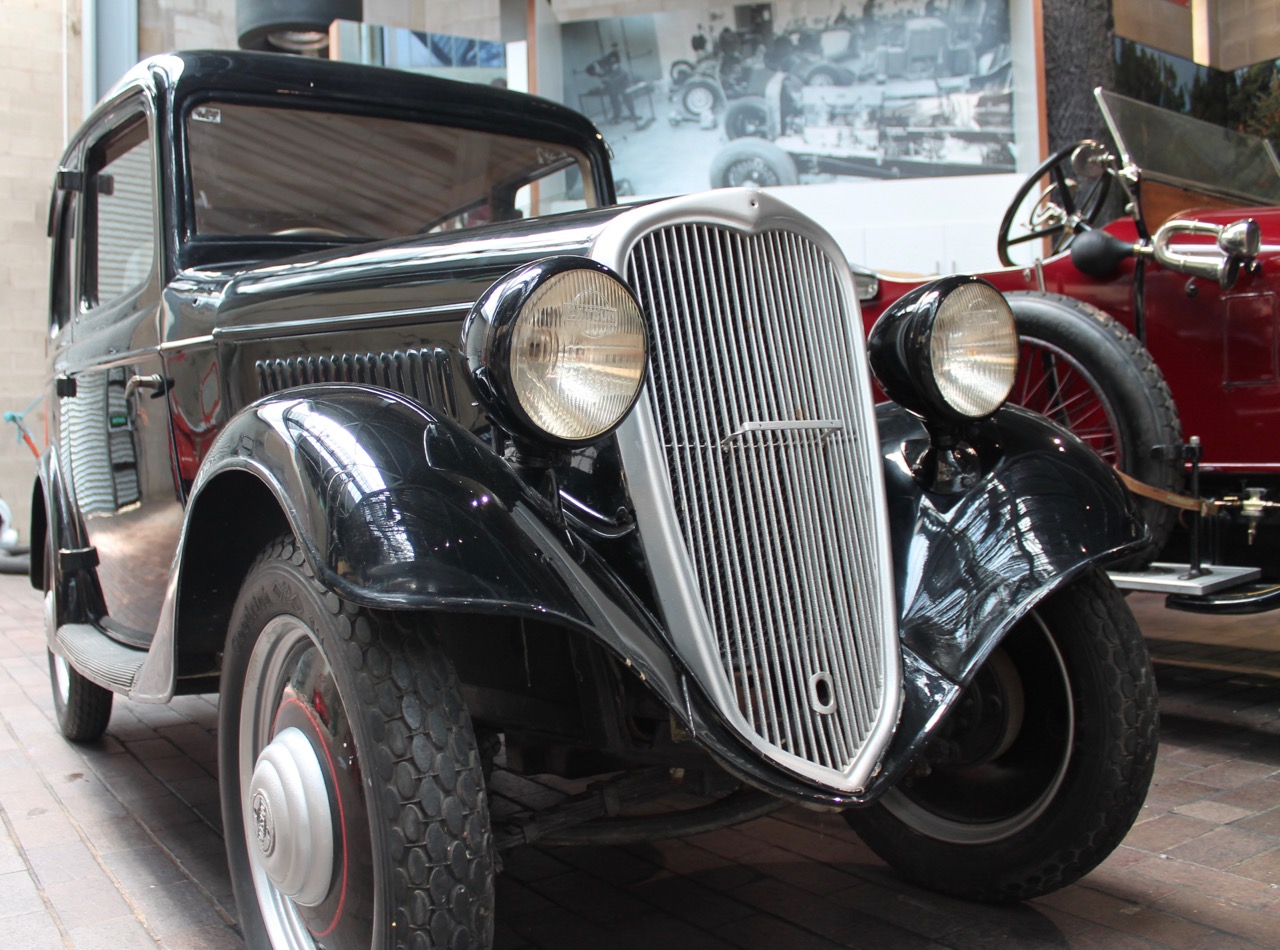
A 1935 Datsun Type 14 has gone on display at Britain’s National Motor Museum at Beaulieu, even though that model of car never was sold in the UK.
“This example was shipped from Japan to Britain by car manufacturing magnate Sir Herbert Austin to check every detail for possible patent infringement because the car looked similar to the Austin 7 Ruby,” the museum said in a news release.
The museum notes that the Type 14 “marked the birth of the Japanese car industry. It adds that Austin Motor Company didn’t take any legal action against Datsun, nor was the Type 14 ever registered for road use in England. Instead, it went into long-term storage.
“Decades later, with the help of Nissan Europe, this historically significant but barely used car is now part of the National Motor Museum collection,” the news release reports.
“Car-building giant Nissan can trace its history right back to this extraordinary little car,” the release continues.
“Today, many of the world’s leading automotive manufacturers are Japanese and huge numbers of cars built by Nissan, Honda, Toyota, Lexus, Mazda, Suzuki and more can be found on roads across the globe.”
Nissan’s first car dates to 1914, when it produced the DAT, the initials coming from the company’s three founding investors. By 1931, a new and smaller model was unveiled as “son of DAT,” or Datson. The car went on sale a year later as the Datsun, son changed to sun in honor of the national rising sun symbol.

“The Type 14 of 1935 was the first mass-produced Datsun, starting the manufacturer on its way to producing millions of Datsuns and Nissans over the following decades,” the museum notes.
The Type 14 carried four people and its 747cc engine produced 15 horsepower, enough to reach speeds of 50 miles per hour.






So… did Sir Herbert find any patent infringements?
David. Apparently he did not, because he didn’t pursue any legal action.